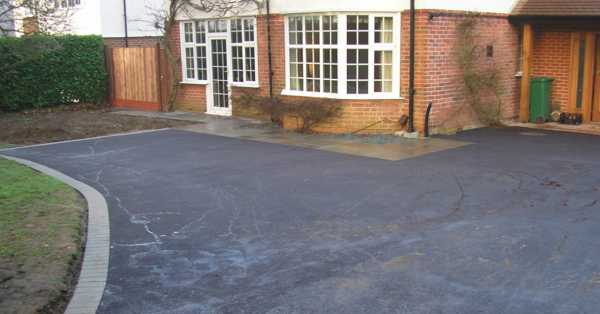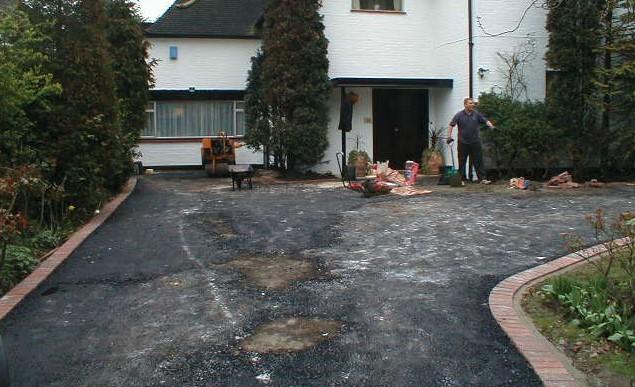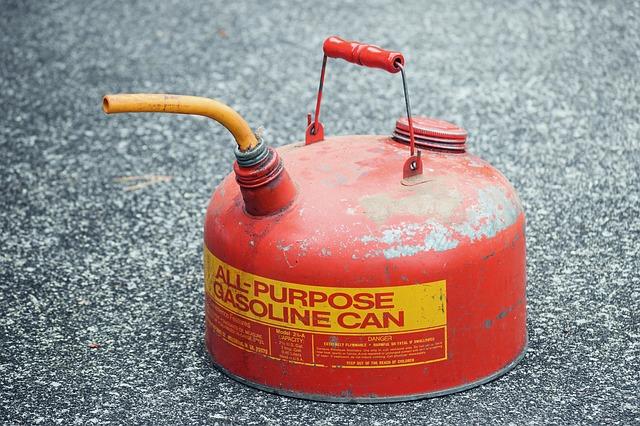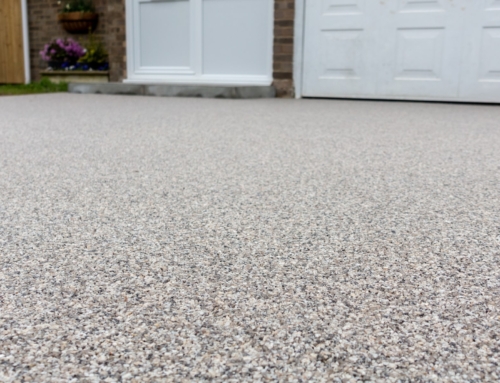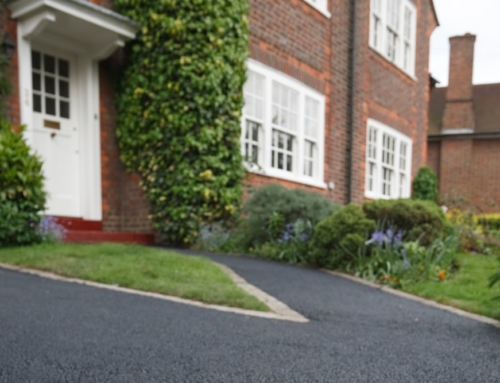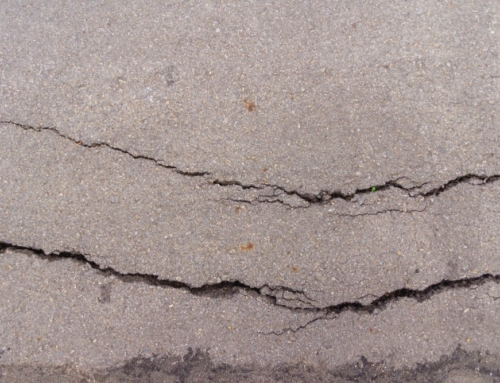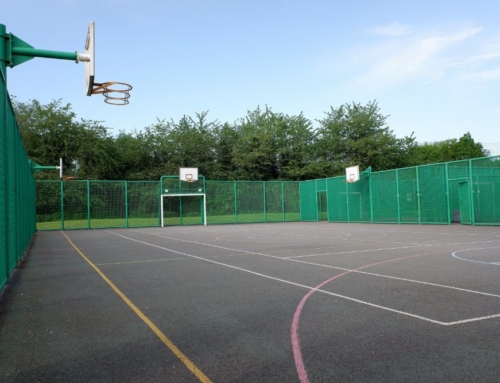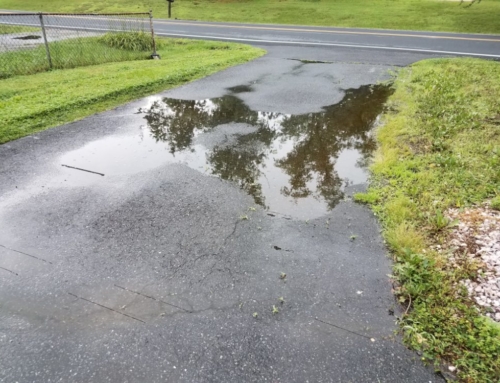How to maintain a tarmac driveway
Tarmac is a popular choice for driveways and surfacings thanks to its durability, ease of installation and low cost. Whilst tarmac or, to give it its full name, ‘tarmacadam’ is a strong and hard-wearing material, there are still things you should be aware of to help keep your new driveway in top condition. Here, we shall take a look at how to maintain a tarmac driveway.
Tarmac drying times
After installation, as a precautionary measure, you shouldn’t drive on your newly surfaced driveway for the first 3 days. During this time, the tarmac will still be at its softest and any heavy vehicular traffic could cause indentations and further damage to the tarmac. Pedestrian footfall won’t cause any damage though, and you will be able to walk on it almost immediately after it being laid.
Tarmac in hot weather
In the UK, it will be rare for temperatures to get so high as to affect the integrity of your driveway but it is worth knowing that hot weather can somewhat soften tarmac. If we do experience particularly hot days, be aware your driveway may be more prone to damage. Simply by taking extra care to drive smoothly and distribute weight evenly, you should be able to prevent any marring. As an extra precaution, you can hose down your driveway with cool water to temporarily harden it up again.
Types of tarmac damage
There are several common ways in which damage to your tarmac driveway can occur, all of which are most likely to occur early in the lifespan of your driveway. Knowing what these are and how to avoid them can be one of the most effective ways to keep up good tarmac driveway maintenance.
Tarmac scuffs
The slick, solid black of tarmac will inevitably somewhat fade as the material hardens and ages. Initially though, the pristine surfacing will be liable to scuffs from your tyres, particularly if you turn your wheels whilst stationary. Although this damage is superficial, by avoiding such wheel turns when motionless, you can reduce the likelihood of distressing your driveway.
Tarmac indentation and spot damage
Newly laid and sun-warmed driveways can be susceptible to dents and damage if localised pressure is administered to the surfacing from weighty items. For example, ladders, car jacks and jockey wheels/castors from caravans and trailers can all apply significant pinpointed weight to your surface, risking creating depressions. Place something like a plank of plywood under these tyres/legs to distribute the weight more evenly and avoid dints.
Spillages on tarmac
Small splashes of oil, gasoline and other such chemicals won’t affect your driveway but significant spillages can. If they are left to pervade your tarmac, they can weaken it and contribute to cracks and further damage which will require professional repairs. Oily substances should be soaked up with materials such as sand or sawdust, and gasoline should be washed away with water.
Protecting tarmac with sealant
To keep your tarmac driveway protected and looking good longer, you can apply a sealant to the surfacing. Best applied after a year or so, this will act as a defensive barrier for your tarmac, protecting it from spills and the elements whilst also rejuvenating its appearance.
UK Surfacings Ltd provide customers throughout London and the surrounding areas with a wide variety of high quality surfacing and line marking services. Our expertise – informed by many years of experience – and our skilled team allow us to consistently carry out work to an impeccable standard. So, if you are in need of dependable surfacing, groundworks, or line marking work, trust UK Surfacing Ltd to deliver. Simply contact us today with any enquiries.

